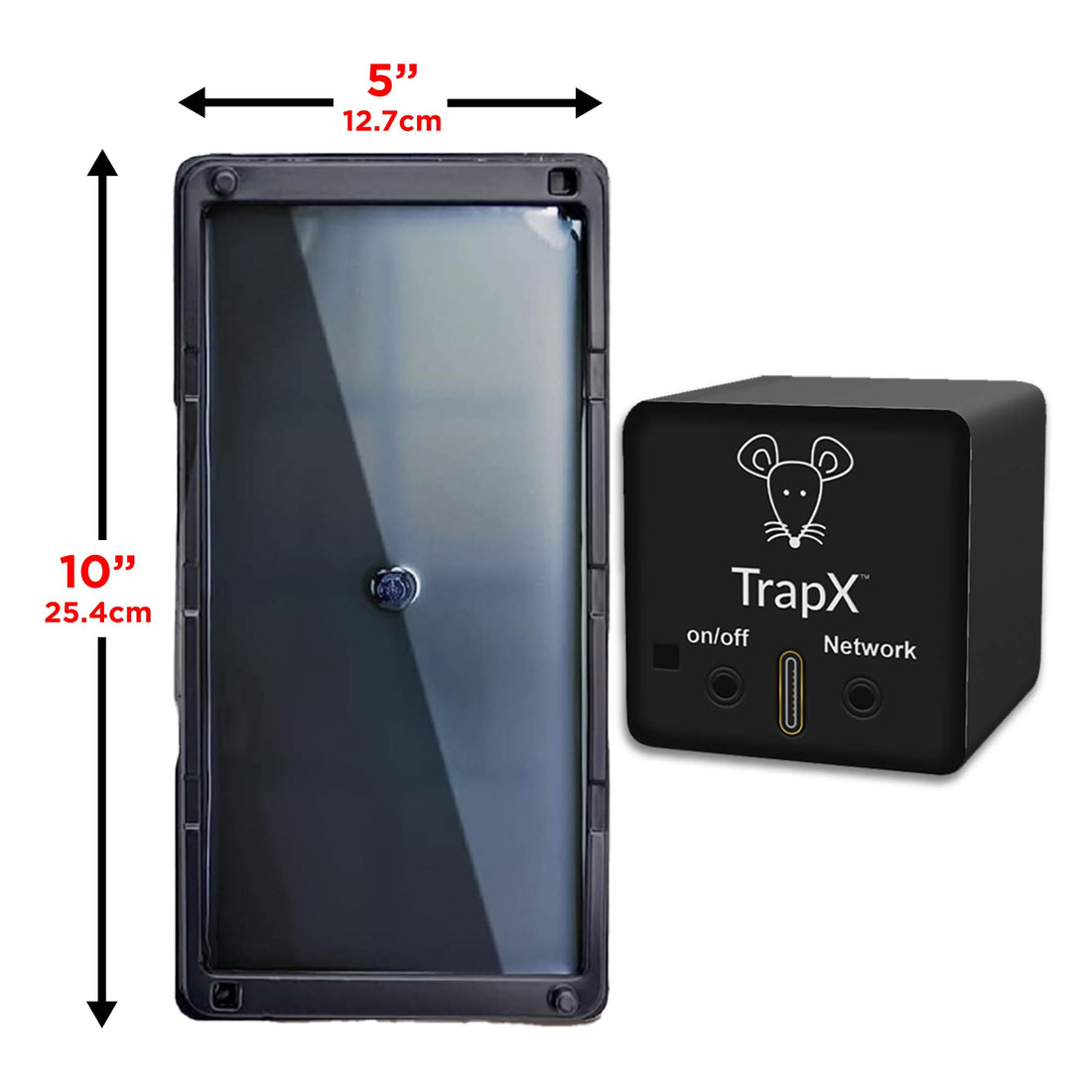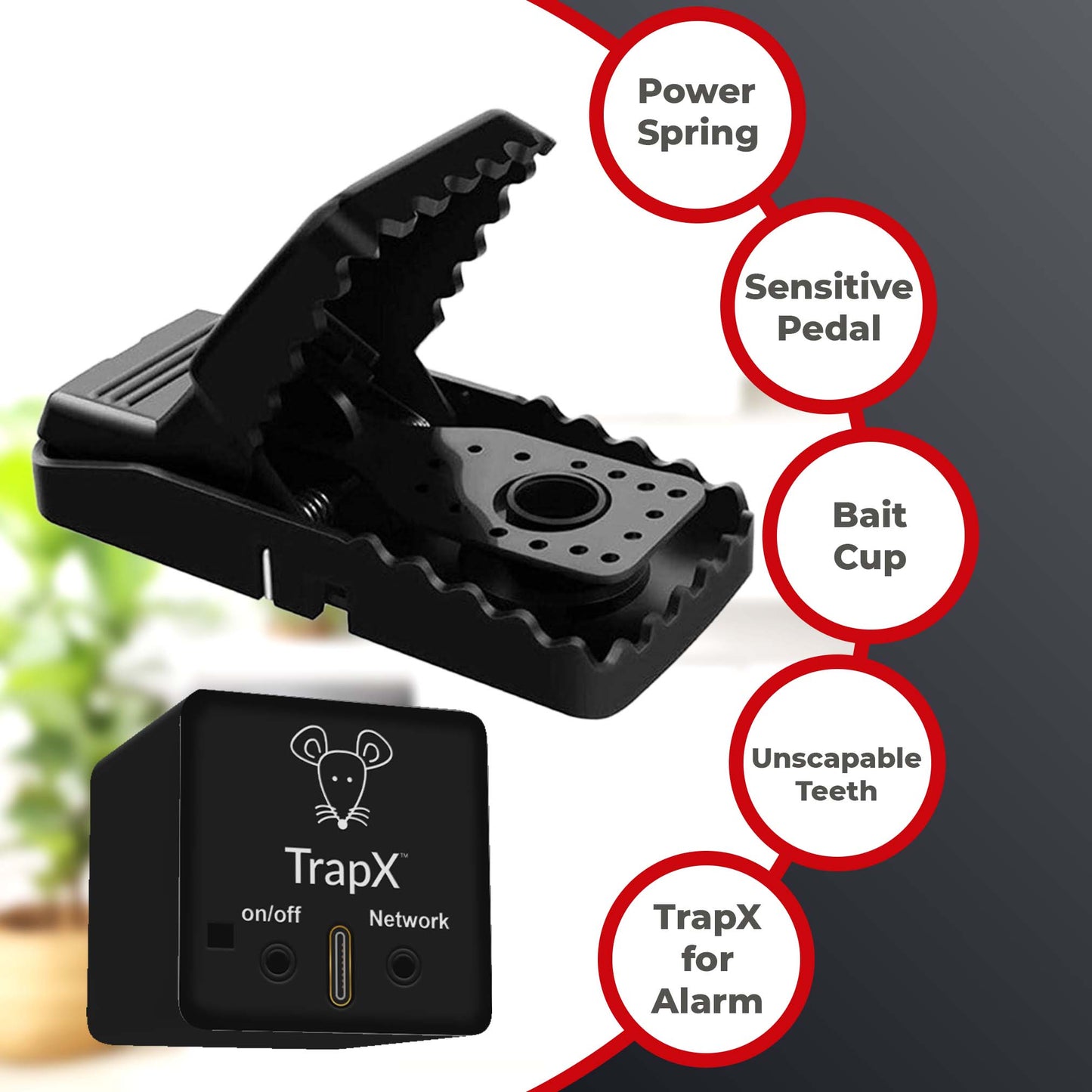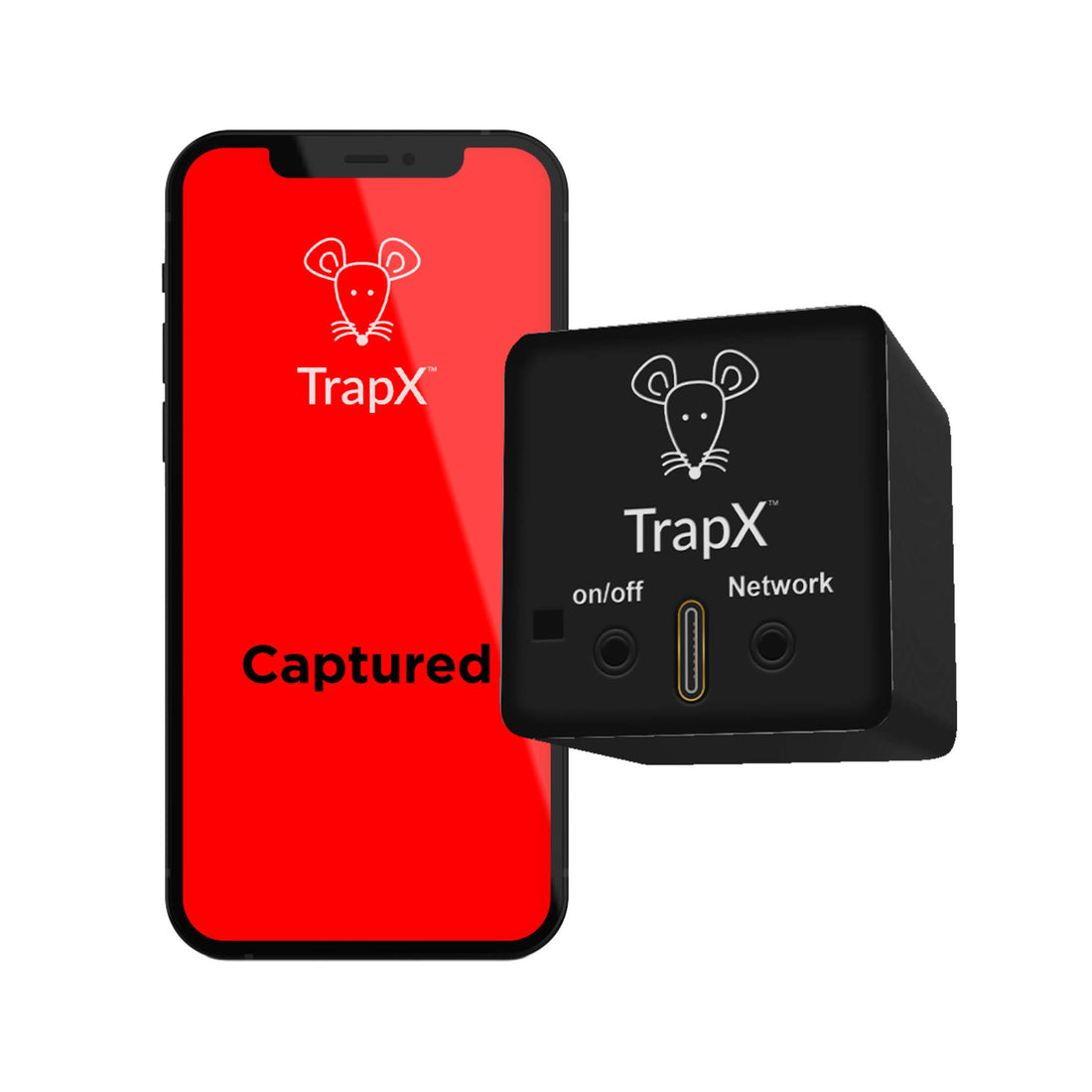Smart Pest Control for Home: A Comprehensive Guide
Share
Pests are an inevitable part of homeownership, but the advent of smart technology has revolutionized the way we deal with these unwelcome guests. From rodents to insects, smart pest control solutions offer a more efficient, humane, and eco-friendly approach to keeping your home pest-free. In this comprehensive guide, we'll explore the various smart pest control options available, their benefits, and how to implement them effectively in your home.

Understanding Smart Pest Control
Smart pest control refers to the use of advanced technologies such as sensors, automated traps, and integrated systems to monitor and manage pest activity. Unlike traditional methods that rely heavily on chemicals and manual intervention, smart pest control solutions are designed to be proactive, precise, and environmentally friendly.
Benefits of Smart Pest Control
- Efficiency: Smart devices can detect and address pest issues before they become significant problems.
- Eco-Friendly: Many smart pest control solutions minimize or eliminate the need for harmful chemicals.
- Convenience: Automated systems require less manual effort and can be monitored remotely.
- Safety: Smart traps and repellents reduce the risk of accidental exposure to toxins for humans and pets.

Types of Smart Pest Control Solutions
There are various smart pest control solutions available, each tailored to address specific types of pests. Below are some of the most popular options:
1. Smart Traps
Smart traps are designed to capture pests without the use of harmful chemicals. These traps often come equipped with sensors that detect the presence of a pest and trigger the trapping mechanism. Some smart traps can even send notifications to your smartphone, alerting you when a pest has been caught.
2. Ultrasonic Repellents
Ultrasonic repellents emit high-frequency sound waves that are unpleasant to pests but inaudible to humans and pets. These devices can be plugged into any standard outlet and are effective against a variety of pests, including rodents and insects.
3. Smart Sprays
Smart sprays use a combination of sensors and automated dispensers to release pest-repellent substances only when pests are detected. This targeted approach minimizes the use of chemicals and reduces the impact on the environment.
4. Integrated Pest Management Systems
Integrated Pest Management (IPM) systems combine multiple smart pest control technologies into a single, cohesive system. These systems often include sensors, traps, and repellents that work together to monitor and manage pest activity throughout your home. IPM systems can be controlled and monitored via a central hub or smartphone app, providing a comprehensive solution to pest control.

Implementing Smart Pest Control in Your Home
Implementing smart pest control solutions in your home involves several steps. Here's a step-by-step guide to help you get started:
1. Identify the Problem Areas
The first step in implementing smart pest control is to identify the areas of your home that are most susceptible to pest activity. Common problem areas include kitchens, basements, attics, and garages. Look for signs of pests such as droppings, gnaw marks, and nests.
2. Choose the Right Solutions
Once you've identified the problem areas, choose the smart pest control solutions that are best suited to address the specific pests you're dealing with. For example, if you're dealing with rodents, smart traps and ultrasonic repellents may be the most effective options.
3. Install the Devices
Follow the manufacturer's instructions to install your chosen smart pest control devices. Make sure to place them in strategic locations where pest activity is most likely to occur.
4. Monitor and Adjust
After installing the devices, regularly monitor their performance and make any necessary adjustments. Many smart pest control solutions come with smartphone apps that allow you to track activity and receive notifications in real-time.
DIY vs. Professional Smart Pest Control
While many smart pest control solutions are designed for DIY installation, there are also professional services available that can provide more comprehensive and customized solutions. Here's a comparison of DIY vs. professional smart pest control:
DIY Smart Pest Control
- Cost: Generally more affordable than professional services.
- Convenience: Can be installed and monitored by the homeowner.
- Flexibility: Allows for a more personalized approach to pest control.
Professional Smart Pest Control
- Expertise: Professional services offer expert knowledge and experience in dealing with various pests.
- Comprehensive Solutions: Professionals can provide more advanced and integrated pest control systems.
- Maintenance: Regular maintenance and monitoring by professionals ensure optimal performance of the pest control system.
Conclusion
Smart pest control solutions offer a modern, efficient, and eco-friendly approach to keeping your home pest-free. By understanding the various options available and implementing them effectively, you can enjoy a safer and more comfortable living environment. Whether you choose to go the DIY route or hire a professional service, smart pest control is a worthwhile investment for any homeowner.
Remember, the key to successful pest control is early detection and proactive management. With the right smart pest control solutions in place, you can stay one step ahead of pests and protect your home from unwanted intruders.
May16.chat.5pass.general public.smart pest control for homeAs an Amazon Associate, I earn from qualifying purchases.
